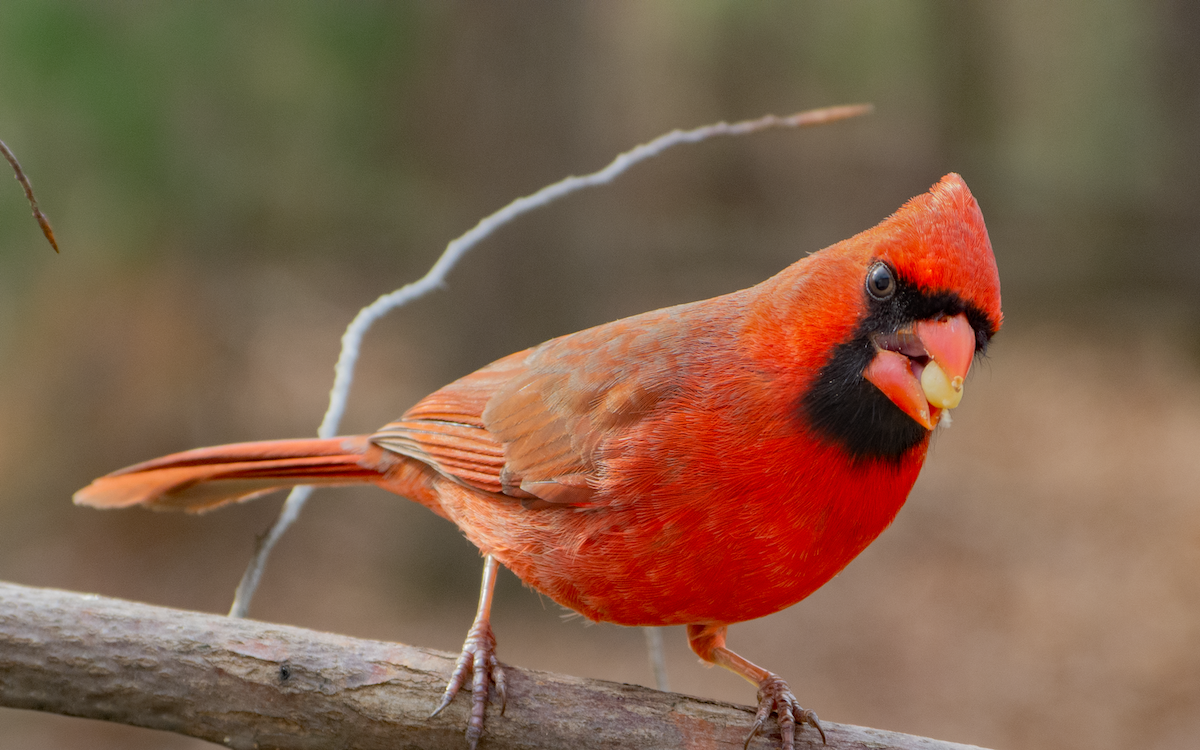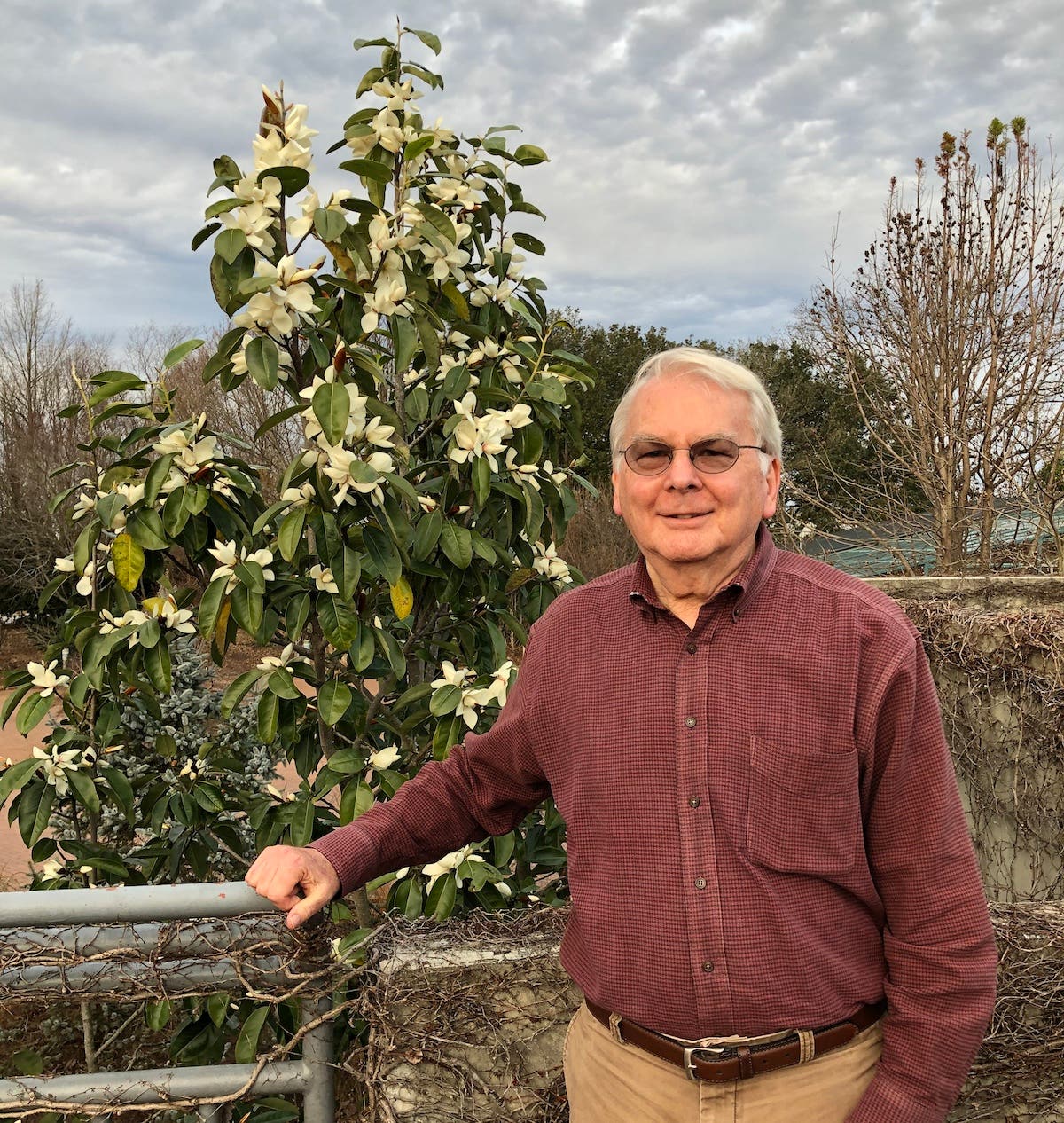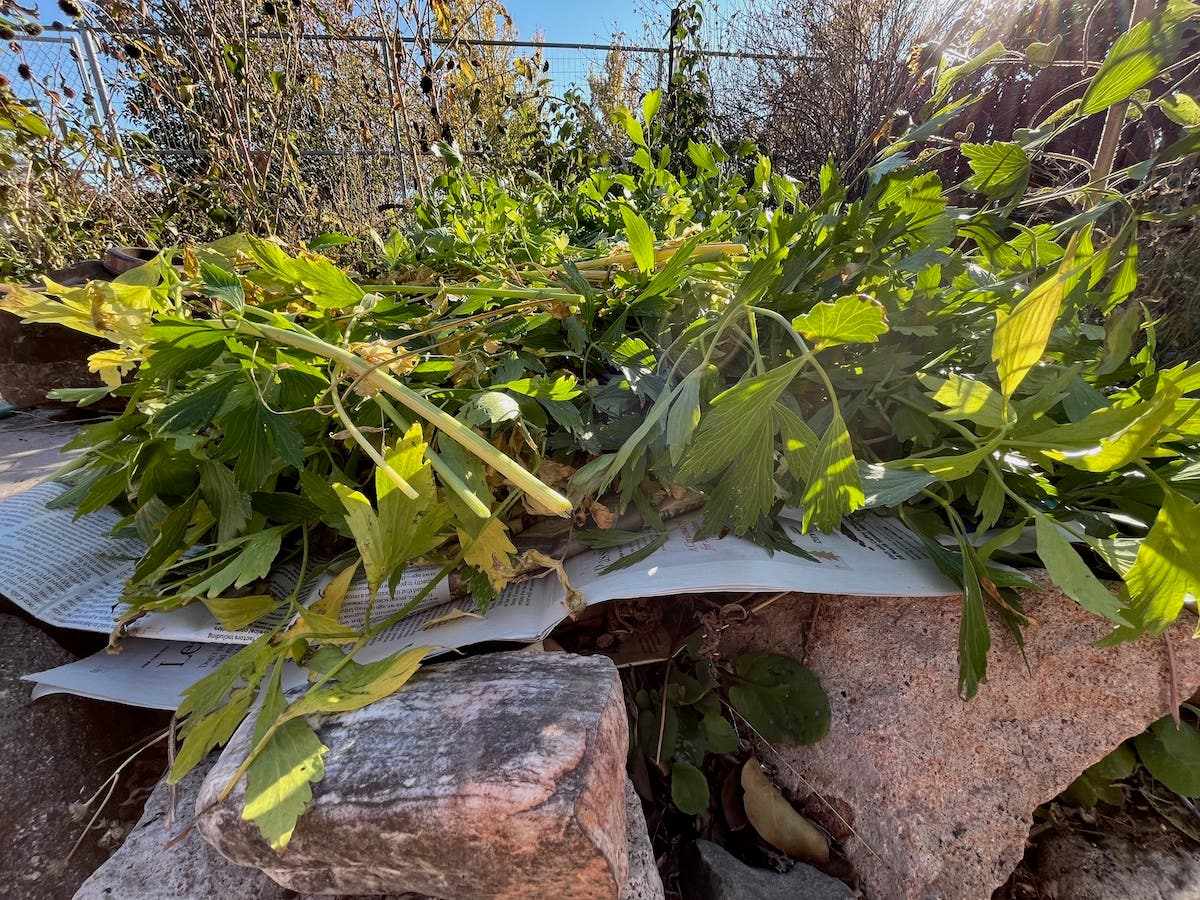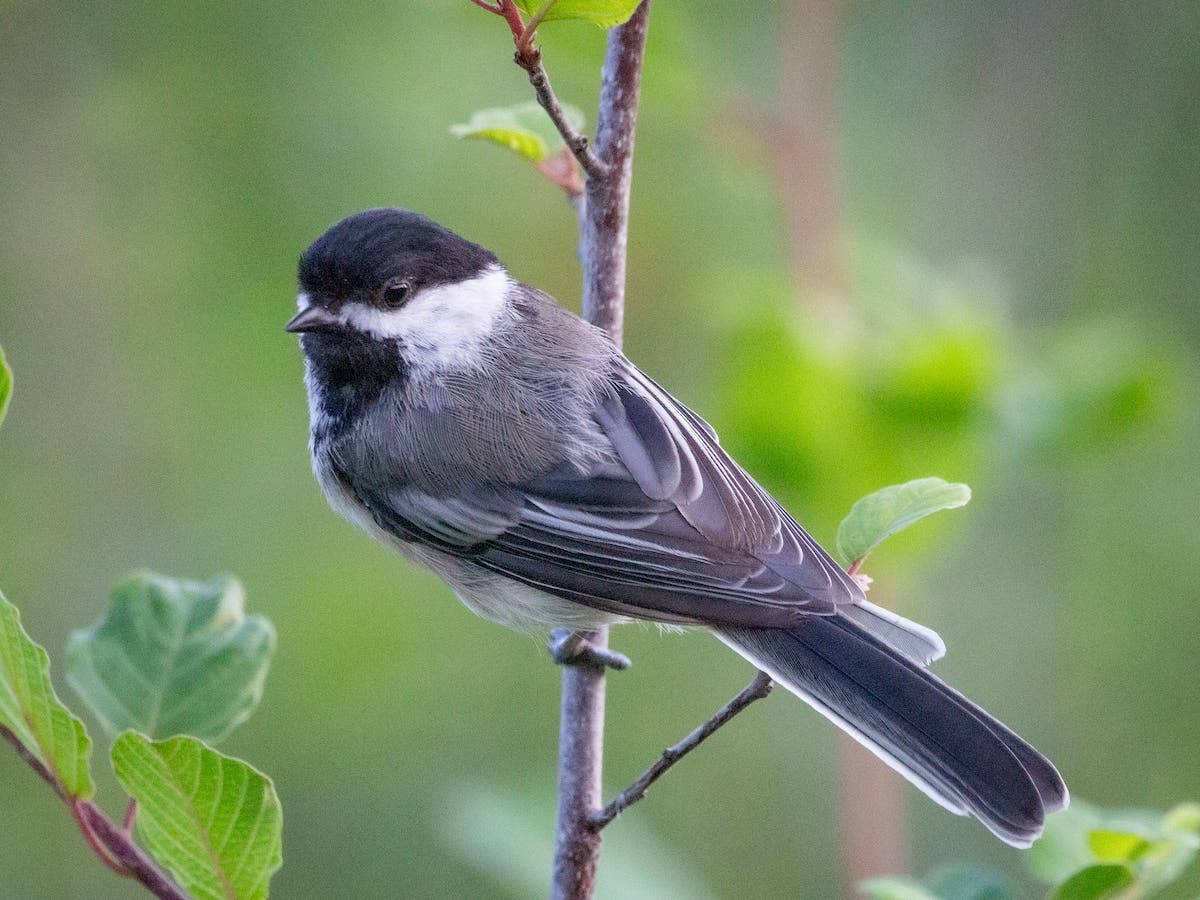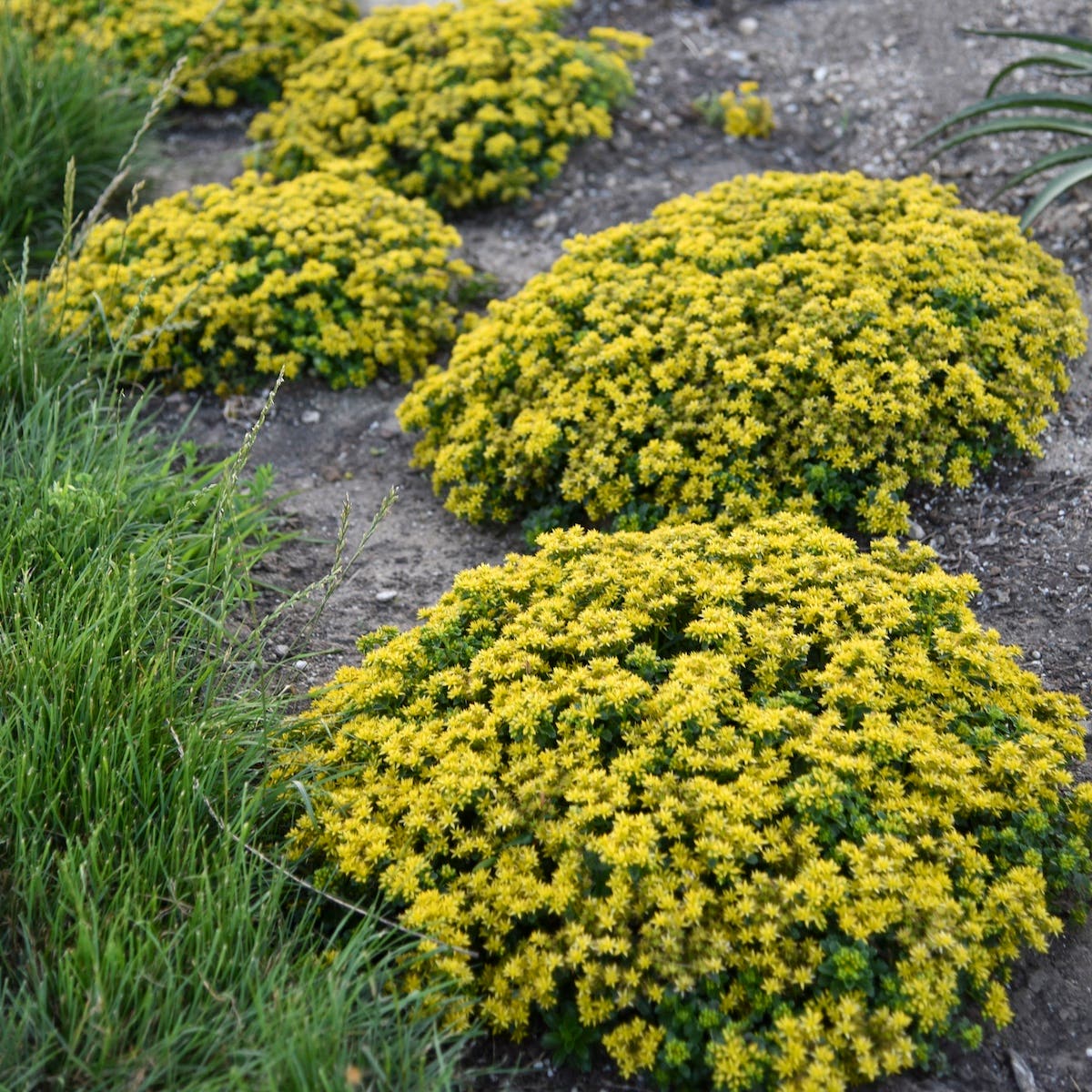Starting Seeds That Need Bottom Heat
Some seeds can actually germinate quicker and healthier when supplied with warm soil—obtained usually through a bottom heat source. For seed germination, ideal temperatures should range from 65 to 80˚F….
Some seeds can actually germinate quicker and healthier when supplied with warm soil—obtained usually through a bottom heat source. For seed germination, ideal temperatures should range from 65 to 80˚F. Thus applying bottom heat can help alleviate potential problems brought on by colder conditions.
You can buy heat mats from garden centers or nurseries. The best options are ones come with a thermostat, allowing you to properly maintain your heat settings—which can vary depending on seed type; some may need temperatures in the higher 50s, while others thrive in temperatures ranging in the 80s. Each seed is different, and quality packets will list this information for you.
If you don’t want to dig into your wallet, get creative and try do-it-yourself projects—there are many ideas floating around the Internet. For example, I found one homemade bottom heat idea in which the gardener took a plastic cooler, placed a string of Christmas lights at the bottom, put a pan on top of the lights to keep away moisture, then placed the seed containers on top of the pan.
While warmth can help your seeds germinate quicker and stronger, it is important to remember to remove them from the bottom heat once they have sprouted! Too much warmth after sprouting can cause your tiny plants to become leggy and weak.
Image: _sjg_
_________________________________________________________________________
Grow stunning old-fashioned wildflowers with the Scatter Garden Seed Canister- colorful & carefree annual wildflowers.
Peruse through great tips and how-to’s with the You Can Start from Seed Value Pack.
Download Garden How-To University: Honing Your Essential Skills for step-by-step instructions on necessary garden tasks.
Plant seeds or transplant your delicate sprouts easily and efficiently with a planting dibber.
Learn how to collect, save and cultivate more than 300 varieties of seeds in The Complete Guide to Saving Seeds.



